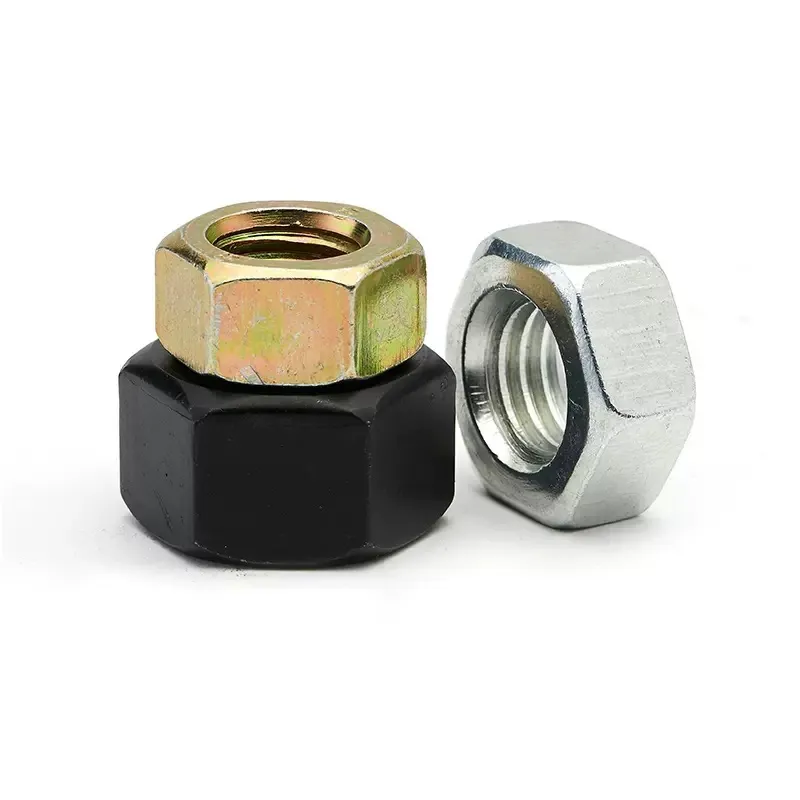

Understanding the Importance of Full Thread Stud Bolts in Structural Applications and Their Benefits
Jul . 31, 2024 00:35 Back to list
Understanding the Importance of Full Thread Stud Bolts in Structural Applications and Their Benefits
Understanding Full Thread Stud Bolts A Comprehensive Guide
Full thread stud bolts are essential fasteners utilized in various engineering and construction applications. These robust components consist of a long rod or bolt with threads running the entire length, providing a secure and efficient method of fastening. The importance of understanding their design, function, and application is crucial for any engineer or technician involved in the construction and manufacturing sectors.
Design and Structure
A full thread stud bolt typically features a cylindrical body with continuous threads that extend from one end to the other. Unlike partially threaded bolts, the full thread design allows for greater flexibility in terms of fastening capabilities and load distribution. The threaded surface provides a larger area for interfacing with nuts and other components, enhancing clamping efficiency. These bolts can be made from various materials, including steel, stainless steel, and alloys, tailored to suit specific environmental conditions and mechanical requirements.
Mechanical Properties
The mechanical properties of full thread stud bolts, including tensile strength, yield strength, and fatigue resistance, are critical factors to consider in design. Typically, these bolts are manufactured to meet specific standards (e.g., ASTM, ISO) to ensure uniformity and quality. The choice of material significantly impacts the bolt’s performance; for instance, stainless steel offers excellent corrosion resistance, making it suitable for marine or chemical environments. Understanding these properties is vital for selecting the appropriate stud bolt to ensure structural integrity and safety.
Applications
full thread stud bolt

Full thread stud bolts are widely used in various industries, including construction, automotive, aerospace, and machinery. In construction, they are essential for securing structural components such as beams, columns, and foundations. They provide a reliable fastening solution, especially in applications where high tension and shear forces are present.
In automotive engineering, full thread studs serve critical functions, from attaching engine components to securing chassis parts. Their ability to withstand vibration and dynamic loads makes them invaluable in vehicles where reliability is paramount. Similarly, in the aerospace industry, full thread studs are employed in critical applications where safety and performance are non-negotiable.
Installation and Best Practices
Proper installation of full thread stud bolts is essential to ensure optimal performance. When installing, it is crucial to follow best practices, including proper torque specifications and the use of suitable lubricants to prevent galling and corrosion. Over-tightening can lead to bolt failure or damage to components, while under-tightening can result in joint separation. Additionally, it is essential to inspect the bolts regularly for signs of wear or fatigue, especially in critical applications.
Conclusion
Full thread stud bolts are integral components in engineering and construction, providing reliable fastening solutions across various applications. Understanding their design, mechanical properties, and best practices for installation can enhance their effectiveness and longevity. As industries continue to evolve, the importance of these fasteners will remain, highlighting the need for ongoing education and awareness regarding their use and maintenance. Whether in a construction site or a high-tech manufacturing environment, the significance of full thread stud bolts cannot be overstated, making them a fundamental component in ensuring structural integrity and operational efficiency.
Latest news
-
Hot Dip Galvanized Bolts-About LongZe|High Strength, Corrosion Resistance
NewsJul.30,2025
-
High-Strength Hot Dip Galvanized Bolts - Hebei Longze | Corrosion Resistance, Customization
NewsJul.30,2025
-
Hot Dip Galvanized Bolts-Hebei Longze|Corrosion Resistance&High Strength
NewsJul.30,2025
-
High-Strength Hot-Dip Galvanized Bolts-Hebei Longze|Corrosion Resistance&High Strength
NewsJul.30,2025
-
Hot Dip Galvanized Bolts-Hebei Longze|Corrosion Resistance&High Strength
NewsJul.30,2025
-
Hot Dip Galvanized Bolts - Hebei Longze | Corrosion Resistance, High Strength
NewsJul.30,2025

